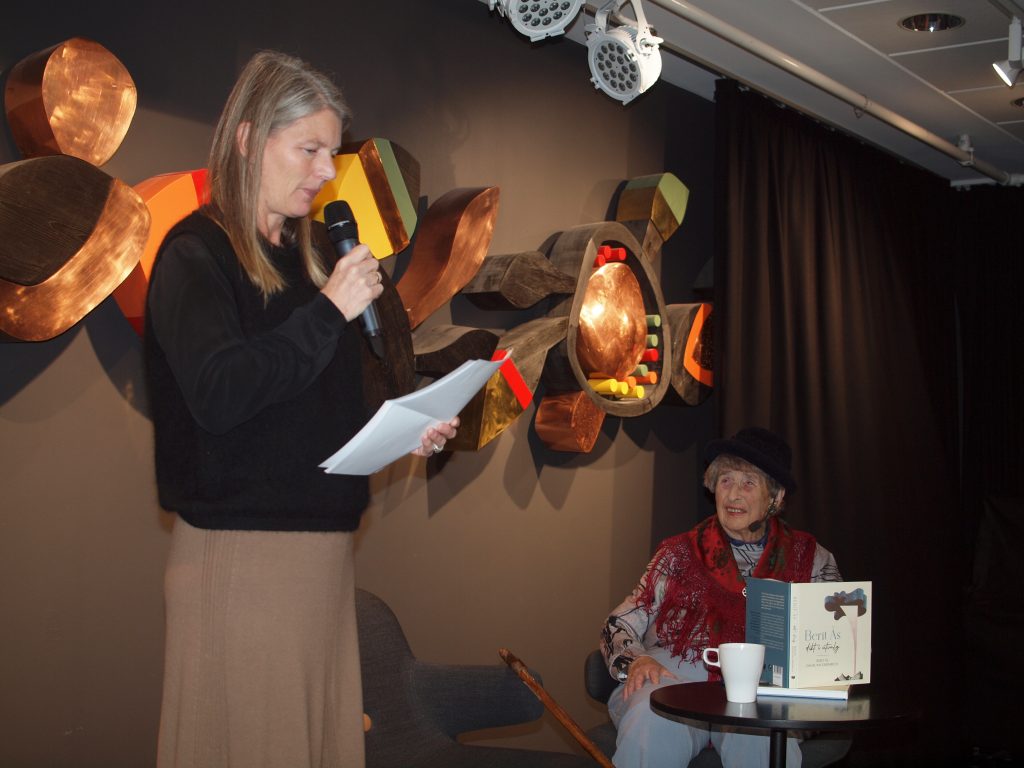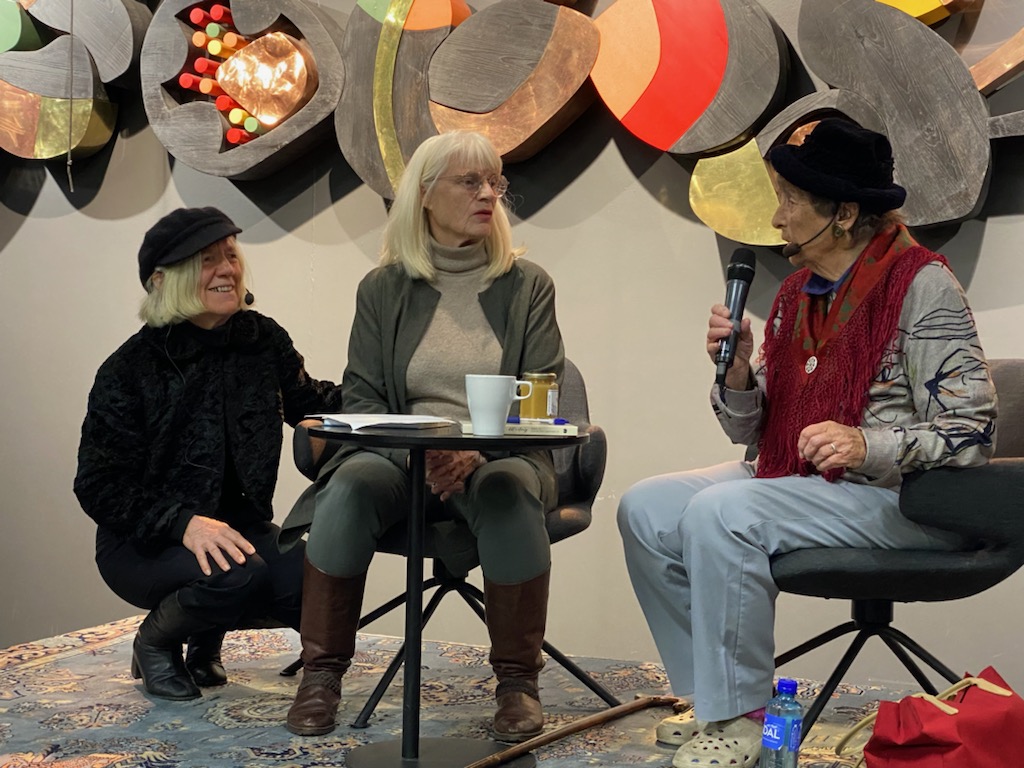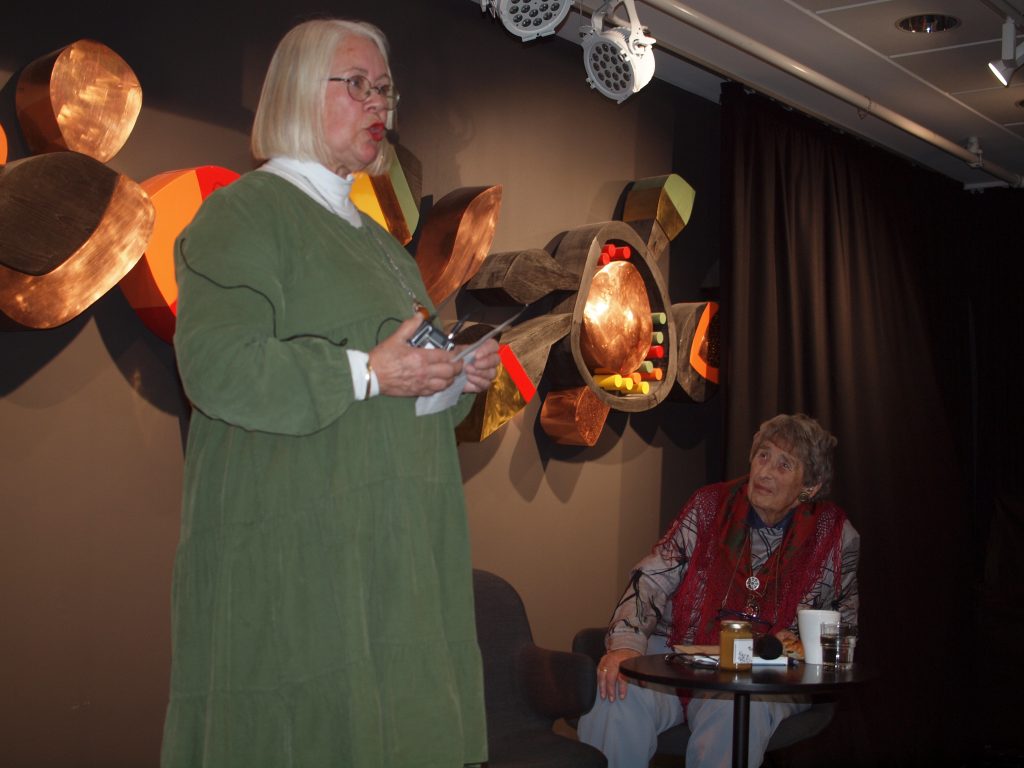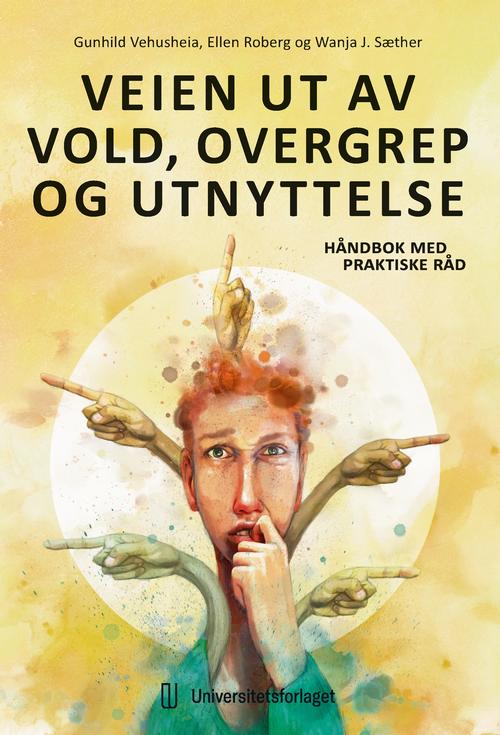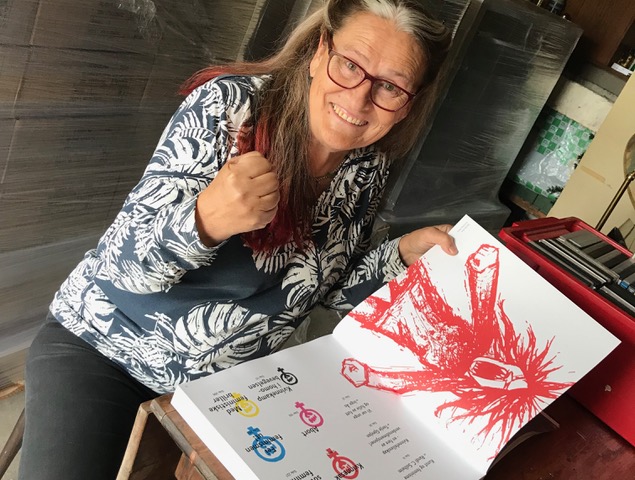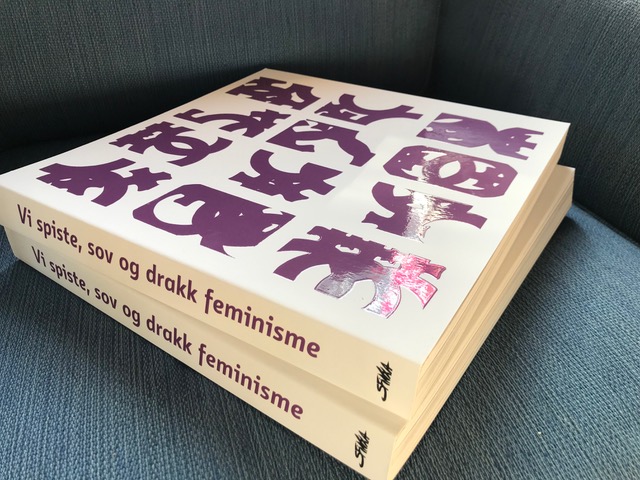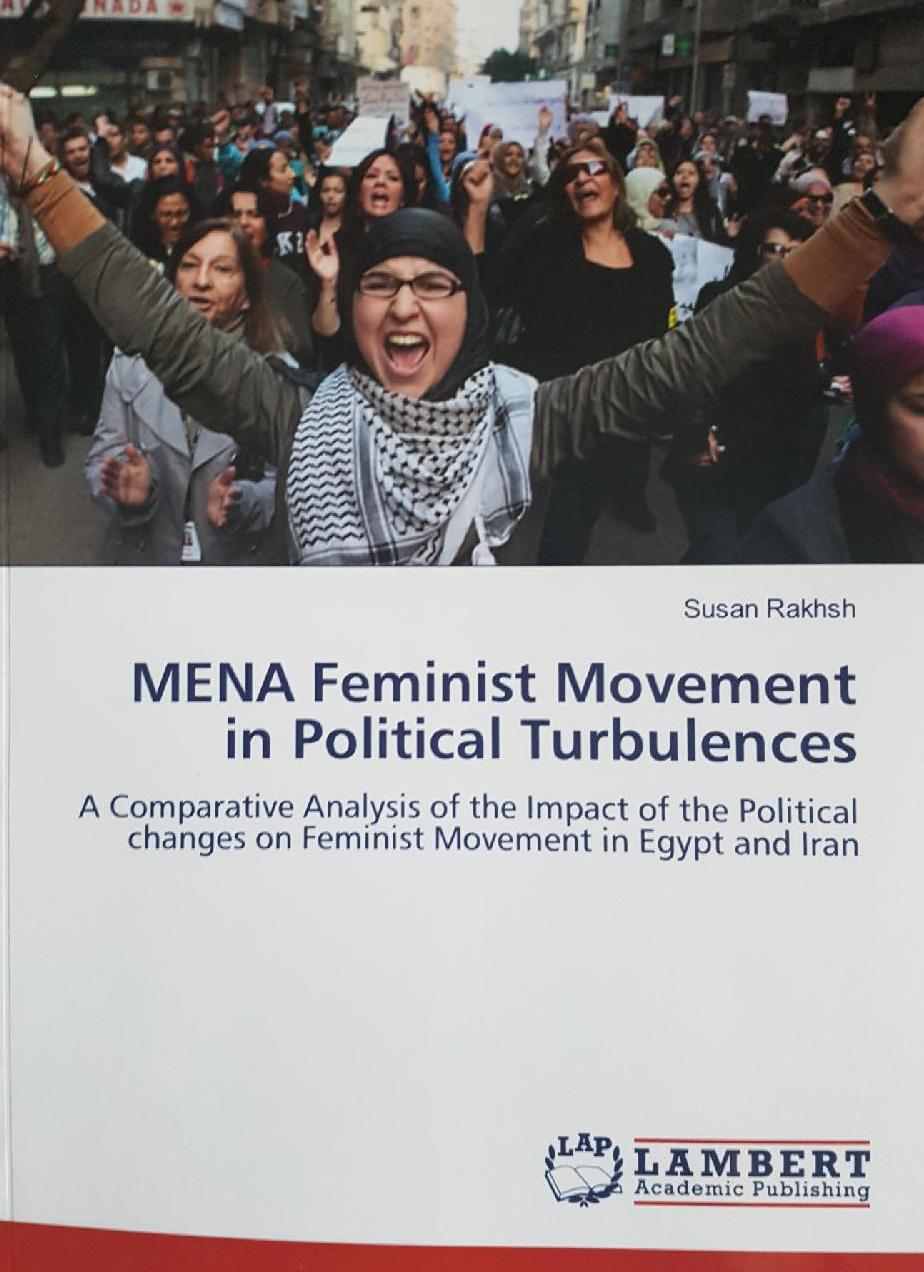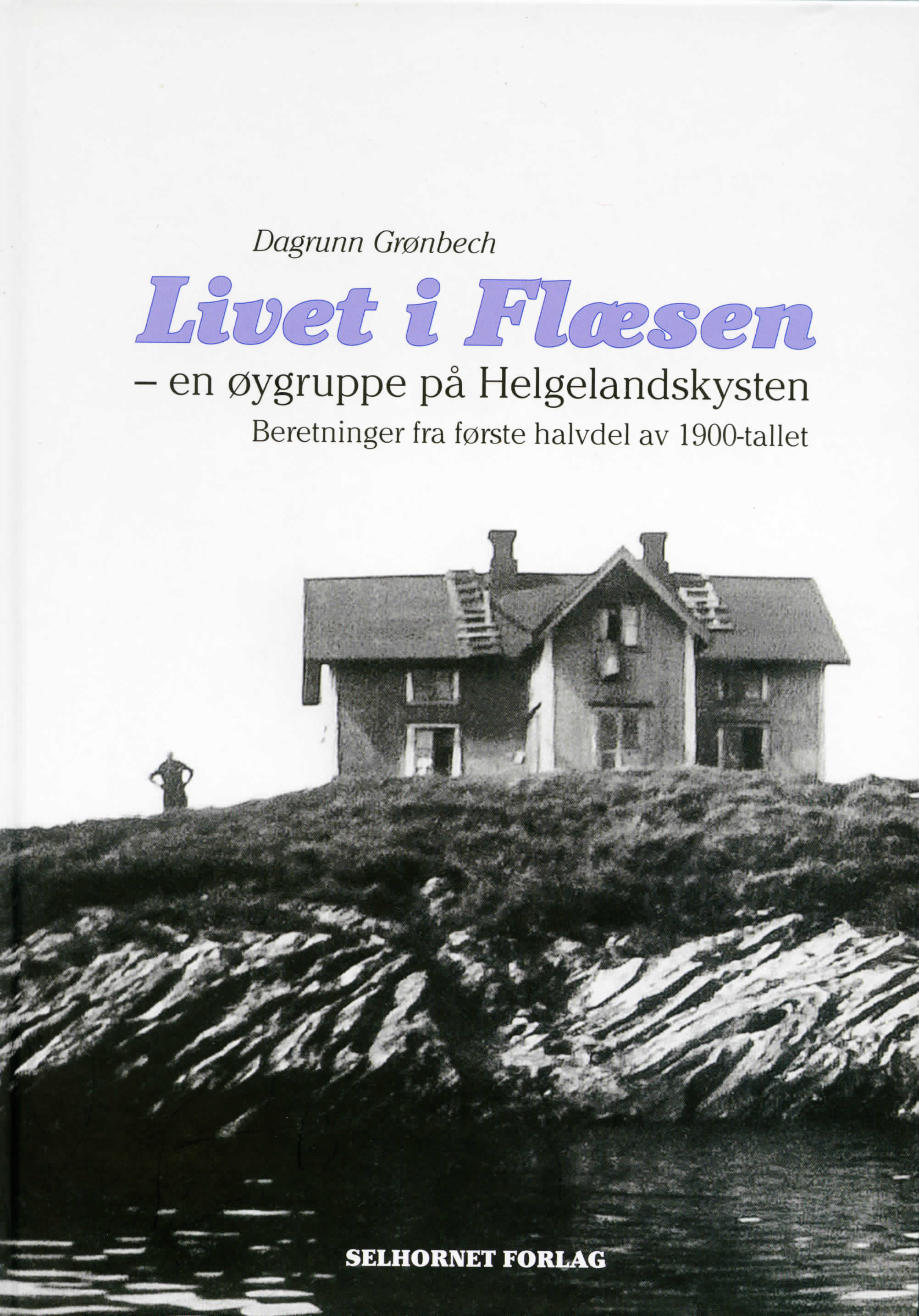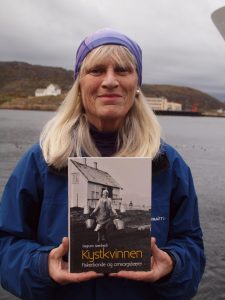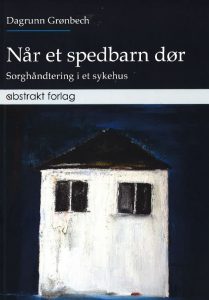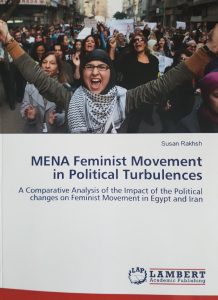 Styremedlem i Kvinneuniversitetet i Norden, Susan Rakhsh, har skrive bok og situasjonen for kvinner i Midt-Østen og Nord-Afrika. Susan Rakhsh er født i Iran i 1961. Ho flykta frå Iran i 1986 og fekk opphald i Norge. Ho har studert sosiologi ved Universitetet i Oslo og er ein freelance forskar.
Styremedlem i Kvinneuniversitetet i Norden, Susan Rakhsh, har skrive bok og situasjonen for kvinner i Midt-Østen og Nord-Afrika. Susan Rakhsh er født i Iran i 1961. Ho flykta frå Iran i 1986 og fekk opphald i Norge. Ho har studert sosiologi ved Universitetet i Oslo og er ein freelance forskar.
Boka har tittelen MENA Feminist Movement in political Turbulences
ISBN: 978-3-330-04901-7
Publisher: LAP LAMBERT Academic Publishing
Boka er å få i alle digitale bokhandlar.
MENA Feminist Movement in political Turbulences
A comparative analysis of the impact of the political changes on feminist movement in Egypt and Iran
MENA (the Middle East and North Africa) region is one of the oldest parts of the world. The region is the birthplace of the three largest religions. The first human rights convention comes from this region almost 3000 years ago. The region has also experienced many wars, conflicts, and rebellions.
Today, the region consists of many countries small and large and has over 600 million inhabitants. Each of the countries in the region has been through many political and social changes. Some of the changes were peaceful and some changes were bloody. Most of the changes were due to people’s demands for a better life. One significant characteristic in the change processes is the role women played, especially during the last two centuries. They participated in all events shoulder by shoulder with men. They expected that, as members of the society, they would benefit from the changes. But, it didn’t happen. Therefore, in addition to the struggle for improvement of the social and political systems, they had to fight against sexism and patriarchy.
Women’s struggle has a long history in the region. However, the organized feminist movements in many countries started in the middle of the 19th century. They were influenced by Western feminist theories and other ideologies such as socialism and liberalism. At the same time, like other social movements, feminism in the region was influenced by the regional conditions and situations.
The objective of this book provides analysis on the similarities and differences between the feminist movement in Egypt and in Iran, the two oldest countries in the region. The analysis of the two feminist movements is in the context of the social and political changes. The main focus is on the impact of the changes on the feminist movements, theoretically and practically. Through my study, I realized that studying the contemporary feminist movement in any country of the region is very difficult without knowledge about the history, the background of the political and social events, and especially the role of Islam and Islamism. Therefore, this work is a historical-sociological analysis of the impact of the political and social changes on the women’s lives in the two case studies from the eve of Islamization. The history of the two countries is divided into three epochs. The first epoch started with the Arab Muslims conquest which resulted in Islamization and Arabization of the conquered nations. The second epoch is the medieval epoch, which is divided into the golden age and the dark age of at the time Islamic world. The main focus is on the third epoch; the modern epoch.
We don’t have much information about women’s roles in the two first epochs. Few women are mentioned in the history books. In the modern epoch, mostly women themselves and a few mail historians wrote about women’s roles in the political and social events. Therefore, the main focus of this book is on the modern epoch.
The aim of my research and my motive for writing this book is to produce a different feminist literature. There is a vast literature about feminist movement of each nation in the region, but we lack comparative studies of two or more nation’s feminist movements. And we never raised the question of a transnational feminist movement in the region.
Egypt and Iran are the oldest countries in the region and two of oldest countries in the world, with an over five thousand year histories. Many other countries of our time were part of either Egypt or Iran and their histories have common characteristics with one of these two countries. Therefore, we can say that Egypt and Iran represent the main division of the region to Arab and Ajam (non-Arab).
The conclusion of my research shows that the modern history of Egypt and Iran are similar regarding political changes that are results of uprisings, coups or revolutions. Women in both countries had and have significant roles in the events. In addition to struggle for their own rights, they are fighting for peace and justice in their countries. The political and social situations have huge impacts on the strategies, agendas and methods feminist advocates select.
The feminist movement of Egypt and Iran have numbers of differences, but they also have many similarities regarding strategies, agendas and methods. They have a number of common issues on their agendas. The role of Islamism has a huge impact on women’s lives and on their struggle against sexism and patriarchy. Due to the circumstances feminist advocates have developed their own ideologies such as secular feminism and Islamic feminism.
By a comparative elaboration of the history of the two countries and the relation between the social and political events and women’s roles and status, and also by a comparative analysis of the two nations’ feminist movements, I try to show that we have enough common issues to build a bridge between the Arab and Ajam women’s struggle and establish a transnational feminist movement, which can expand to the rest of the region.
